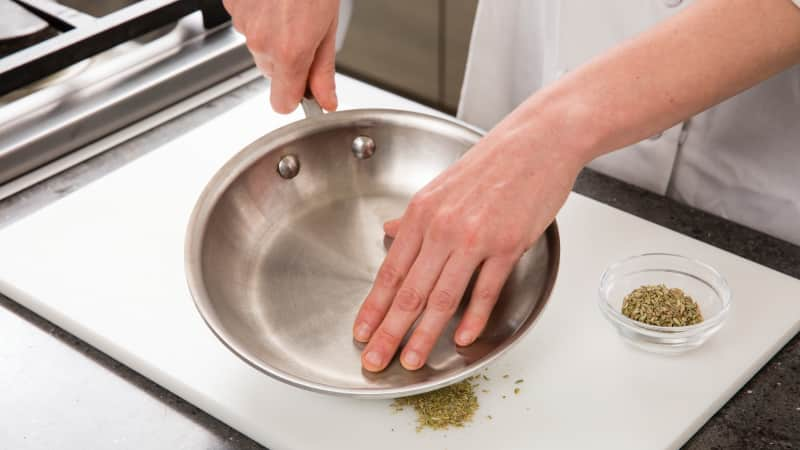The licorice flavor and aroma of these three spices make them popular in all sorts of applications, from spice rubs to soups and braises to baked goods and desserts. Their licoricey character comes from high concentrations of the compound trans-anethole—the main flavor compound in licorice root. But don’t assume that similarity means these spices are interchangeable. Each comes from a different plant (and in the case of star anise, an entirely different scientific order) and features a different array of secondary compounds that give it a profile distinct from the others.
Why Anise Seed, Fennel Seed, and Star Anise aren’t Interchangeable
Published Oct. 14, 2020.

When we tried each spice in a biscotti recipe calling for anise seed, tasters easily picked out differences. They also quickly identified differences when we subbed in fennel and then anise seed in broth for pho originally calling for star anise. Distinctions were harder to detect in Italian sausage meatballs (the recipe called for fennel seeds), but that’s because the dish contained many other spices. Since you risk changing the character of a recipe if you sub one for the other, we don’t recommend it.
Anise seed (Pimpinella anisum)
Alias: aniseed
Profile: earthy and licorice-y
Native to: Egypt
Dominant flavor compound: trans-anethole (about 90%)
Secondary flavor compounds: pseudoisoeugenol-2-methylbutyrate, estragole, p-anisaldehyde
Star anise (Illicium verum)
Profile: licorice-y with herbal, lemony, woody notes
Native to: Northeast Vietnam and Southwest China
Dominant flavor compound: trans-anethole (about 90%)
Secondary flavor compounds: estragole, limonene, alpha-trans-bergamotene
Fennel seed (Foeniculum vulgare)
Profile: licorice-y with piney, camphor-like notes
Native to: Southern Mediterranean
Dominant flavor compound: trans-anethole (about 90%)
Secondary flavor compounds: estragole, fenchone
Flavor Compound Key
The different nuances in their various flavor compounds make anise seed, fennel seed, and star anise taste quite distinct from one another.
| COMPOUND | FLAVOR NOTES |
|---|---|
alpha-trans-bergamotene | citrusy, woody, tealike |
estragole | licorice-y, herbal |
fenchone | minty, piney, camphor-like |
limonene | lemony, citrusy |
pseudoisoeugenol-2-methylbutyrate | anisey |
p-anisaldehyde | sweet, floral, vanilla-y |
trans-anethole | licorice-y |
